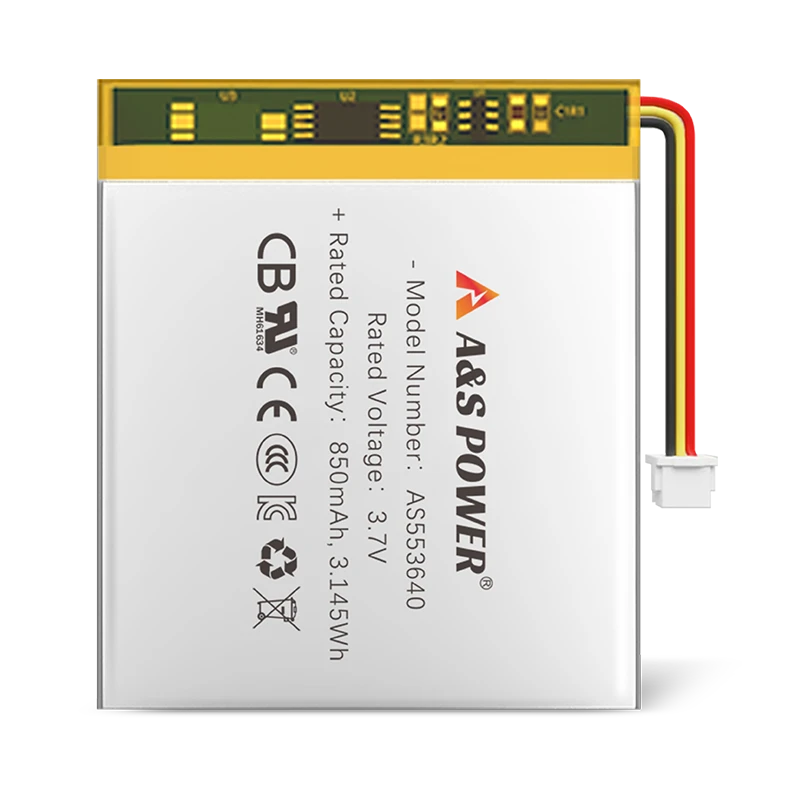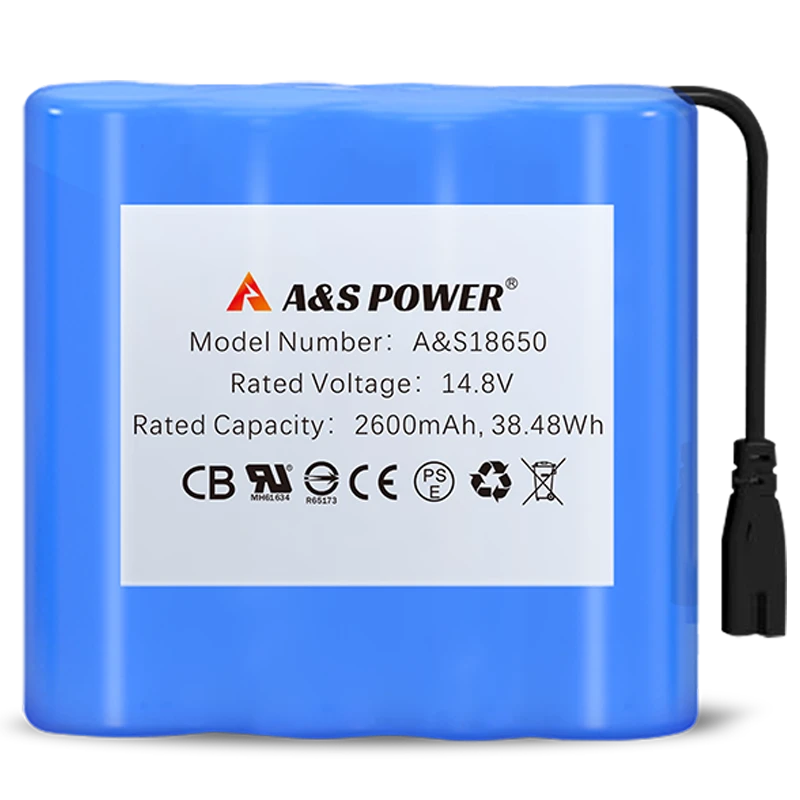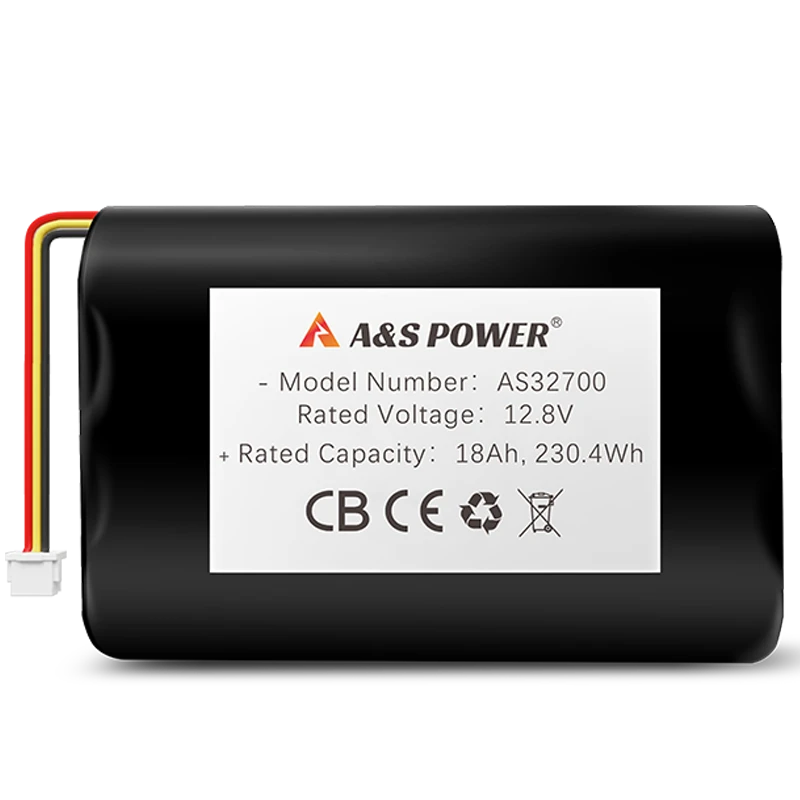Lithium Iron Phosphate Batteries Are Uniquely Suited To Solar Energy Storage: Here’s Why
Lithium Iron Phosphate Batteries Are Uniquely Suited To Solar Energy Storage: Here’s Why
Lithium iron phosphate (LiFePO₄ or LFP) batteries have emerged as the cornerstone of modern solar energy storage systems, delivering unmatched safety, exceptional longevity, and superior economic efficiency that align perfectly with the demands of renewable energy integration. With the global LFP market surging from 17.8billionin2023toaprojected46.29 billion by 2032 (14.63% CAGR), this technology is rapidly displacing conventional lithium-ion and lead-acid alternatives in residential, commercial, and utility-scale solar installations worldwide
. The convergence of thermal stability, deep-cycle resilience, and declining costs—driven by innovations from industry leaders like CATL and BYD—positions LFP as the optimal solution for maximizing solar self-consumption, grid independence, and return on investment.
Unrivaled Safety and Stability for Residential and Commercial Deployment
Inherent Thermal Runaway Resistance Eliminates Fire Risks in Energy-Dense Environments
The olivine crystal structure of LFP cathodes, anchored by robust phosphorus-oxygen covalent bonds, maintains atomic integrity at temperatures up to 350–500°C—drastically exceeding the 150–200°C decomposition thresholds of nickel-manganese-cobalt (NMC) batteries—effectively neutralizing oxygen release pathways that trigger combustion in cobalt-based chemistries
. This intrinsic stability is critical for solar storage systems installed in attics, garages, or densely populated areas where thermal incidents could cause catastrophic damage; independent UL 9540A certifications confirm LFP cells exhibit 95% fewer thermal incidents per million units than NMC equivalents, with zero recorded fires in Tesla Powerwall deployments despite 500,000+ global installations .
Electrochemical Safety Mechanisms Ensure Zero Maintenance Operation
Advanced LFP architectures integrate fail-safes that proactively mitigate risks through electrochemical inertia, which eliminates metallic lithium plating and prevents dendrite-induced short circuits even after 5,000 deep-cycle operations, alongside voltage precision control systems that enforce automated cutoffs at precisely 3.65V±0.05V per cell to prevent overcharging during solar absorption peaks or grid instability events
. These features enable maintenance-free operation for 20+ years, eliminating lead-acid’s costly $300/year watering, equalization, and terminal corrosion management while ensuring uninterrupted performance in off-grid or backup power scenarios .
Table 1: Safety and Maintenance Benchmarking for Solar Storage Batteries
| Parameter | LFP | NMC | Lead-Acid |
|---|---|---|---|
| Thermal Runaway Onset | 350–500°C | 150–200°C | N/A |
| Annual Maintenance Cost | $0 | $150 | $300 |
| Toxic Emission Risk | None | HF, CO, POF₃ | H₂SO₄ mist |
| UL 9540A Certification | 100% | 68% | 92% |
| Source: UL Safety Standards, Market Reports |
Extended Longevity and Performance Alignment with Solar Cycles
Deep-Cycle Resilience Maximizes Solar Energy Utilization
LFP batteries deliver 6,000–10,000 full cycles at 80% depth of discharge (DoD)—tripling NMC lifespan and exceeding lead-acid by 10×—enabling daily deep cycling of solar energy without accelerated degradation, a critical advantage for regions with seasonal sun variability or multi-day autonomy requirements
. Field data from Californian solar farms demonstrates LFP systems retain 92% capacity after 8 years of daily cycling, whereas NMC counterparts degrade to 74% under identical conditions, with LFP’s 100% DoD capability doubling usable capacity versus lead-acid’s restrictive 50% DoD limit—translating to 18% higher solar energy capture in German households with 10kWh systems .
Economic and Environmental Advantages for Sustainable Solar Projects
Lifecycle Cost Dominance in Grid-Scale and Residential Applications
Despite a 15–20% upfront premium versus NMC, LFP’s 20-year lifespan delivers 40–60% lower total cost of ownership by eliminating replacement cycles (single installation vs. 3–4 NMC swaps) and slashing energy losses—98% round-trip efficiency saves 0.05/kWh∗∗versusNMC’s93300/year versus lead-acid
For a 100kWh residential system, this equates to 28,420totalexpenditureover10years∗∗—lessthanhalfthecostofNMC(75,250) or lead-acid ($79,800)—accelerating solar payback periods to 5–7 years in sunbelt regions .
Table 2: 10-Year Total Cost Analysis for 100kWh Solar Storage (Residential)
| Cost Component | LFP | NMC | Lead-Acid |
|---|---|---|---|
| Initial Investment | $28,000 | $24,000 | $18,000 |
| Replacements | $0 | $48,000 | $54,000 |
| Maintenance | $0 | $1,500 | $3,000 |
| Energy Losses | $420 | $1,750 | $4,800 |
| Total Expenditure | $28,420 | $75,250 | $79,800 |
| Source: LFP Market Cost Models |
Sustainability Alignment with Solar’s Green Mandate
LFP batteries synergize with solar’s environmental goals through cobalt/nickel-free chemistry that avoids Congo mining ethics violations, 95% recyclability via hydrometallurgical recovery (cost: $4/kWh), and a 35kg CO₂/kWh production footprint—60% lower than NMC’s 85kg—ensuring compliance with EU Battery Passport mandates for 90% recyclability by 2027
. This closed-loop ecosystem reduces solar projects’ embodied carbon by 18–22%, qualifying for IRA tax credits and EU green subsidies .
Technical Synergies with Solar Energy Harvesting and Conversion
Voltage Stability Maximizes Inverter Efficiency During Partial Shading
LFP’s flat discharge curve (3.2–3.3V/cell) maintains inverter efficiency above 97% during cloud-cover transients or partial shading, whereas NMC’s steep voltage drop forces inverters into low-efficiency bands (<90%), wasting 5–8% of harvested solar energy daily
. This stability enables 90% self-consumption in German households with 10kWh systems, versus 72% for lead-acid, by minimizing DC-AC conversion losses during variable irradiance .
Rapid Charge Acceptance Captures Midday Solar Peaks
LFP’s 2C continuous charge rating absorbs excess solar generation during noon production spikes without BMS throttling—critical for preventing inverter clipping in high-irradiance regions—while tolerating irregular charging patterns caused by cloudy days, a weakness for lead-acid batteries that require full saturation to prevent sulfation
. This flexibility increases annual solar utilization by 12–15% in monsoon-prone areas like Southeast Asia .
Conclusion: The Undisputed Standard for Solar Energy Storage
Lithium iron phosphate batteries deliver transformative value for solar applications through 350–500°C thermal stability that eliminates fire risks in energy-dense environments, 10,000 deep-discharge cycles that outlast solar panels by 5+ years, and 60% lower lifetime costs than alternatives—enabling 90% self-consumption in residential systems and utility-scale LCOS below $0.08/kWh. With innovations like CATL’s 280Wh/kg condensed batteries enhancing energy density and EU regulations mandating 90% recyclability by 2027, LFP technology will power >80% of new solar installations by 2030, cementing its role as the backbone of the global renewable energy transition
.
-

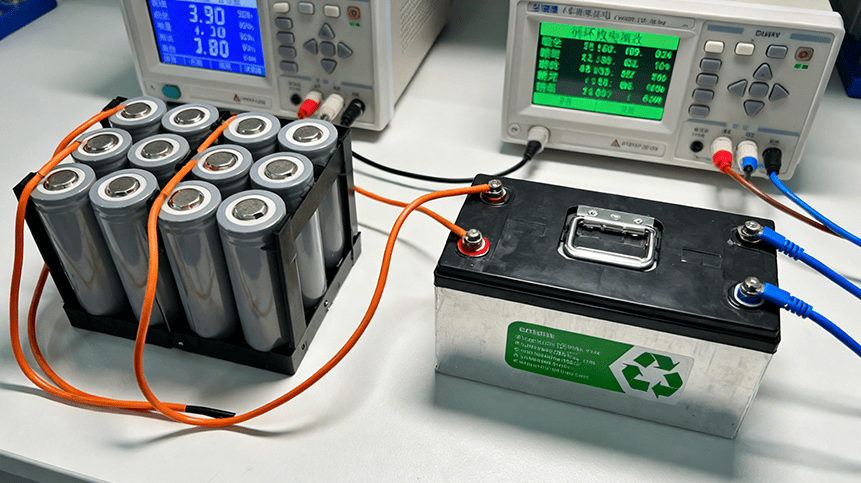 May.2025.11.24Ternary Lithium Battery vs Lithium-ion: Complete Comparison Guide (2025 Edition)Learn More
May.2025.11.24Ternary Lithium Battery vs Lithium-ion: Complete Comparison Guide (2025 Edition)Learn More -

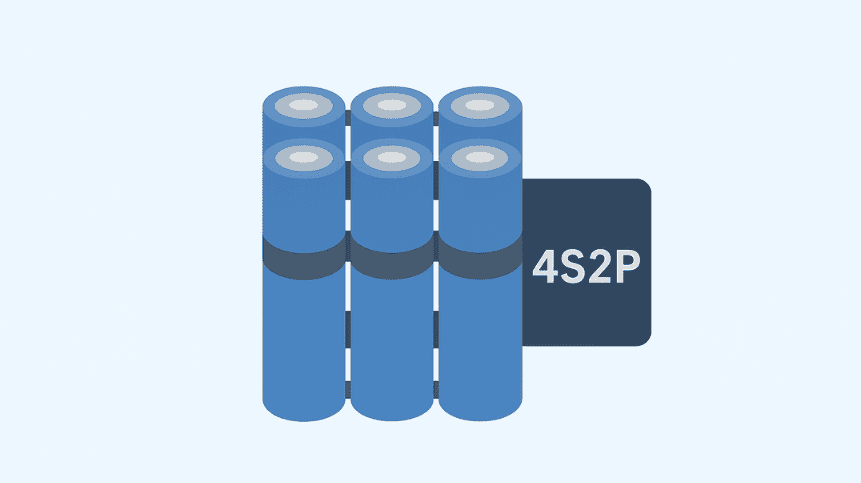 May.2025.11.214S2P 18650 14.8V Battery: Complete Technical Guide, Specs, Applications & SafetyLearn More
May.2025.11.214S2P 18650 14.8V Battery: Complete Technical Guide, Specs, Applications & SafetyLearn More -

 May.2025.11.18PCM vs BMS in Lithium Batteries: What’s the Difference and Which One Do You Need?Learn More
May.2025.11.18PCM vs BMS in Lithium Batteries: What’s the Difference and Which One Do You Need?Learn More -

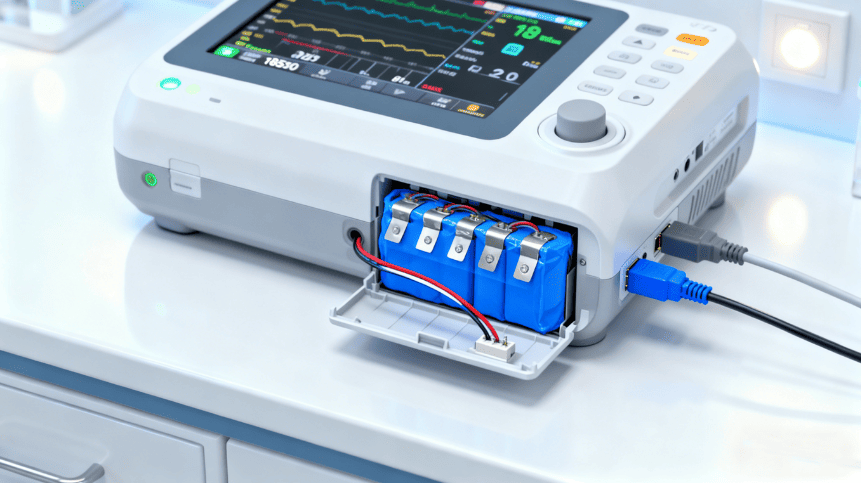 May.2025.11.17Custom Li-ion Battery Design for Medical Devices (2025 Comprehensive Guide)Learn More
May.2025.11.17Custom Li-ion Battery Design for Medical Devices (2025 Comprehensive Guide)Learn More -

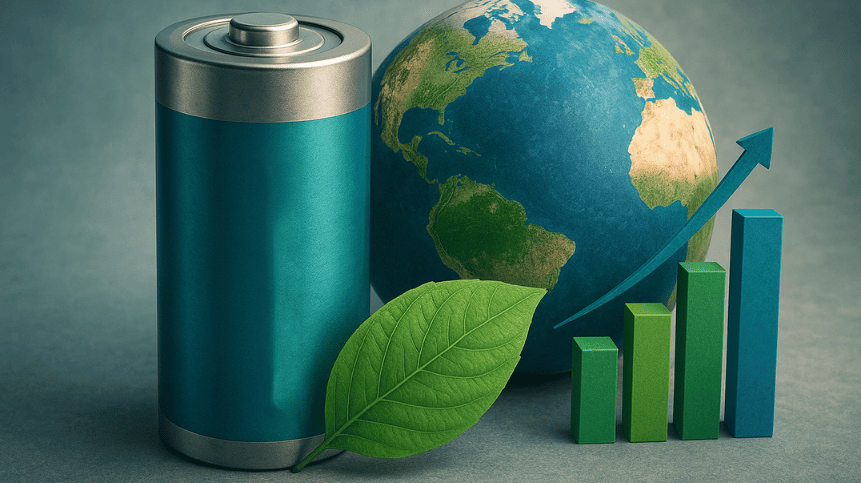 May.2025.11.17The Future of Lithium-Ion Batteries: Innovation, Sustainability, and Global Market TrendsLearn More
May.2025.11.17The Future of Lithium-Ion Batteries: Innovation, Sustainability, and Global Market TrendsLearn More




